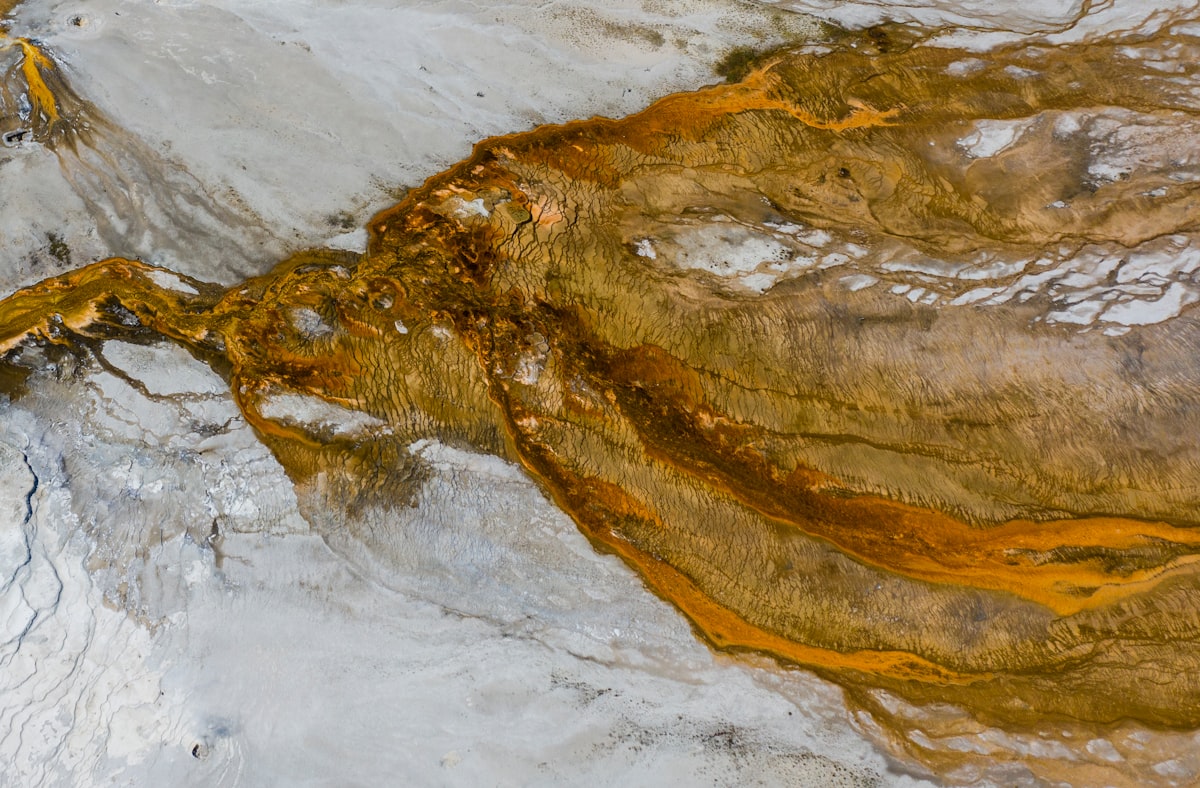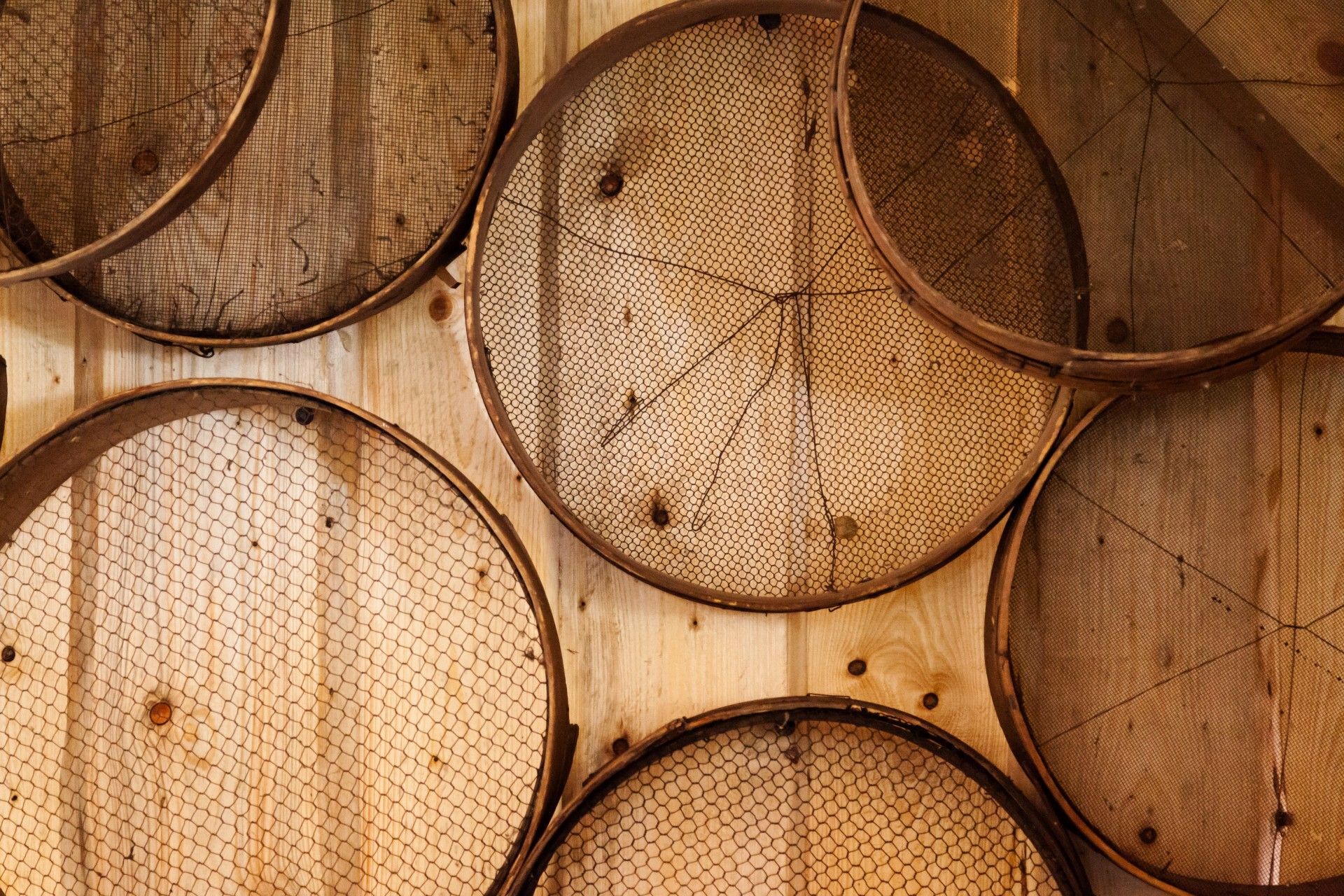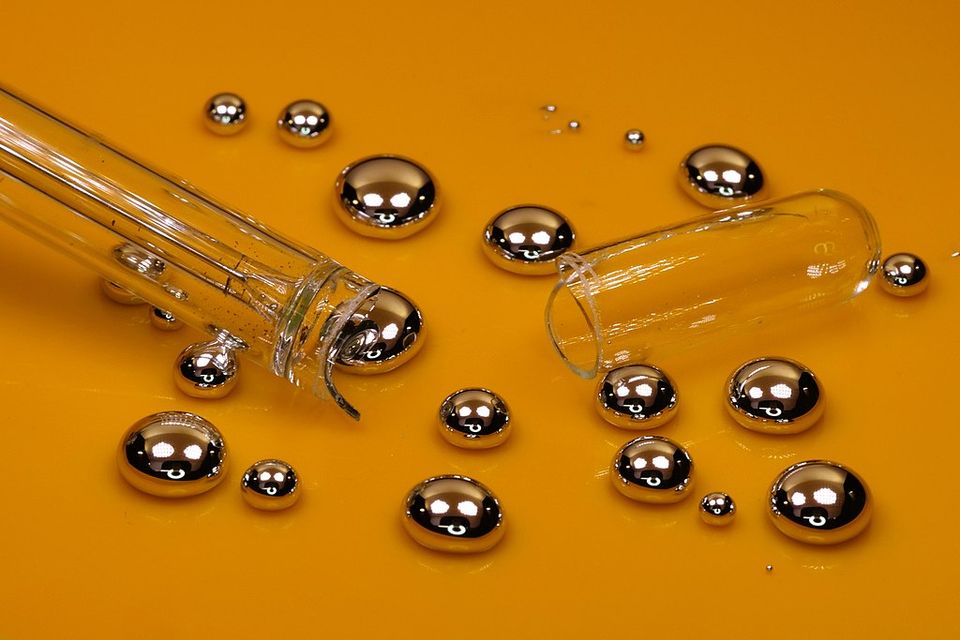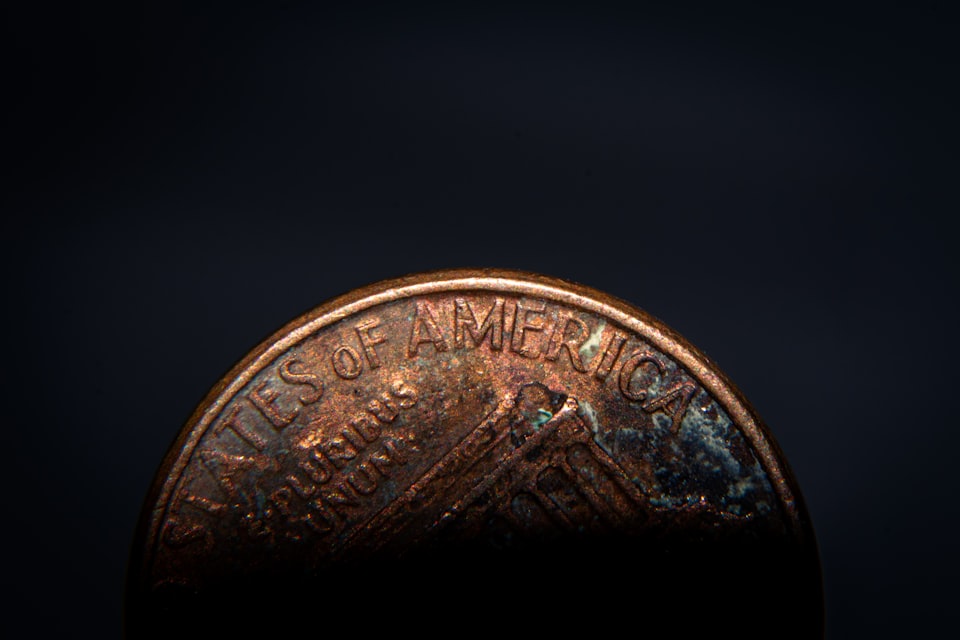IV: Sulfur
Why so many cultures put sulfur in hell.

Good morning. Today is quartidi, the 4th of Nivôse, Year CCXXXI. We celebrate le soufre, a foul-smelling element belched from the Earth.
The old English word for sulfur is "brimstone," a word now associated with angry preachers who emphasize the righteous punishments of their deity. If you were to build a chemical that evokes eternal damnation, you could hardly do better. The stone is a sickly yellow, but when burned, gives off an unearthly blue flame and melts into a blood red liquid, all while producing a deadly smog that smells of rotten eggs. Sulfur triggers every "that's death" instinct we have.
It's a little hard to figure out which chicken or egg came first here, the brimstone or the hell. Is hell a place where brimstone is likely to be, or did we build our story of hell around this noxious rock?



